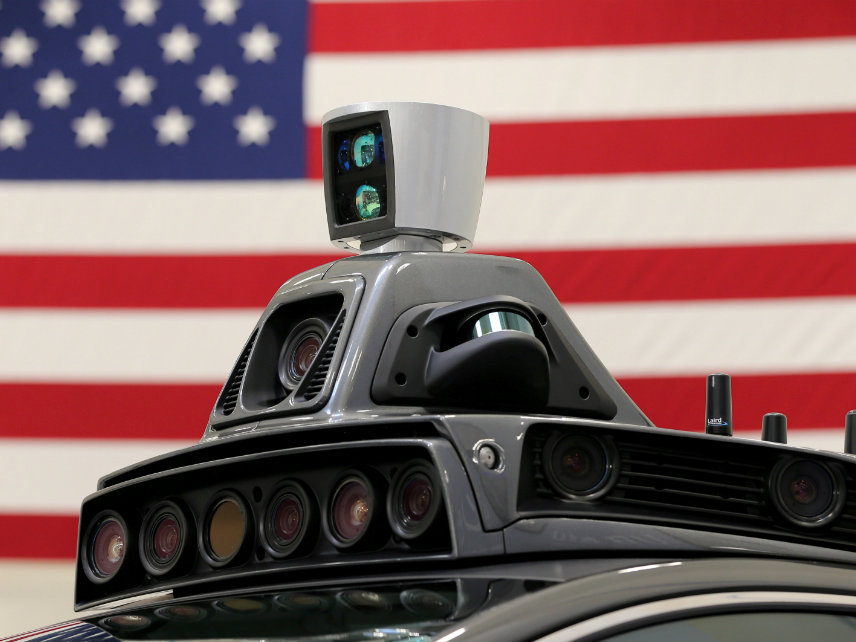Uber Fires 100 Self-Driving Car Operators After Fatal Crash
After a fatality involving one of its autonomous cars, Uber is replacing 100 of its monitors with 55 technical specialists to improve feedback.

Uber says it is laying off 100 of its self-driving car monitors—the people who ride along with self-driving cars and can take control of the vehicle, if necessary—in San Francisco and Pittsburgh. The decision, announced on Wednesday, follows the decision in March to suspend all self-driving testing. Uber says it will lift this self-imposed suspension sometime this summer.
A car accident in March catalyzed the overhaul. Elaine Herzberg, 49, was struck and killed by an autonomous Uber while she was crossing a road in Arizona. The death raised concerns about how self-driving cars should be regulated, and led Arizona, once friendly to the idea of autonomous vehicles, to outright suspend all self-driving automobile testing on public roads.
Despite the uproar over the possible dangers posed by autonomous vehicles, Uber plans to get its self-driving cars back on the streets of Pittsburgh this summer, and is hiring 55 "mission specialists" to replace the car monitors. These mission specialists will provide more technical feedback to the company, allowing Uber's engineers to identify problems more easily.
Self-driving cars aren't perfect, but neither are human-driven cars. Indeed, the fatal accident in Arizona was the fault of two human beings, not the computerized car. The driver, Rafaela Vasquez, was streaming The Voice on her phone instead of keeping an eye out for pedestrians. The technology recognized the pedestrian, but didn't act because the system deduced that emergency braking was necessary, a function only the driver could execute. Why was emergency braking necessary? The victim was crossing outside of the crosswalk after dark, and the system did not have enough time to both identify the individual and activate the standard brakes.
If anything, this incident should show that self-driving cars shouldn't be tested by regular people, with their tendencies to be distracted easily by every Twitter mention or text update. Monitoring self-driving cars is a job for people who fully understand the limitations of the technology and do their jobs with the appropriate amount of concern.
That said, we should keep testing autonomous vehicles so that one day they can carry the Hulu- and phone-addicted. Human error is behind 90 percent of car crashes and motor vehicle accidents cost Americans $871 billion in 2010. Self-driving cars have tremendous potential to make transportation both safer and cheaper.
To get there, companies need the regulatory freedom to continue testing and innovating. As Meghan McArdle pointed out in The Washington Post, driver-driven cars gave us 24 fatalities for every 100 million miles driven in 1921, but advances in technology and education have reduced that number by almost 95 percent. Autonomous cars could bring about a similar milestone reduction in automotive fatalities as the technology develops and the market becomes increasingly competitive. But for that to happen, policymakers can't overreact to tragic accidents. We didn't let them stop us from having cars, and we shouldn't let them stop us from taking the next step in transportation.
